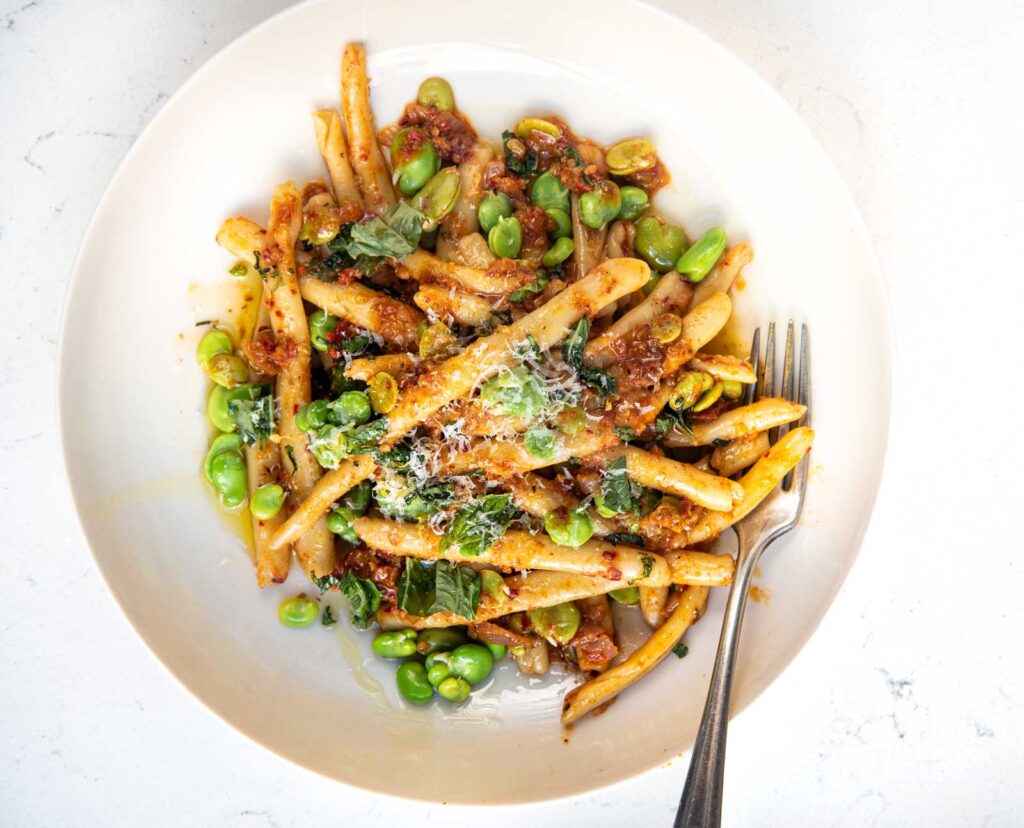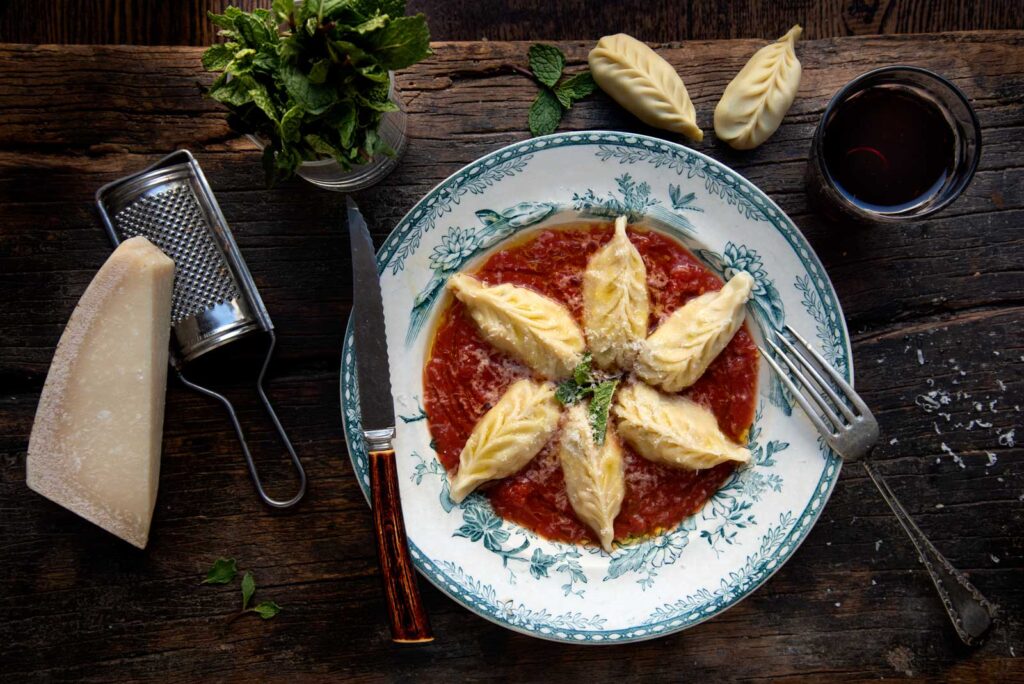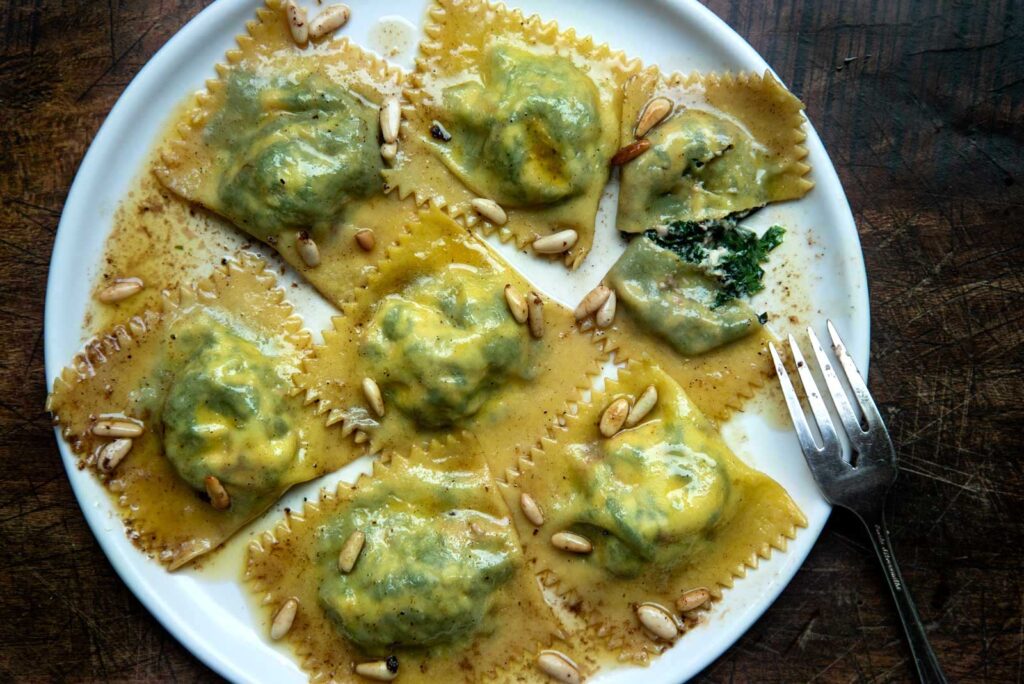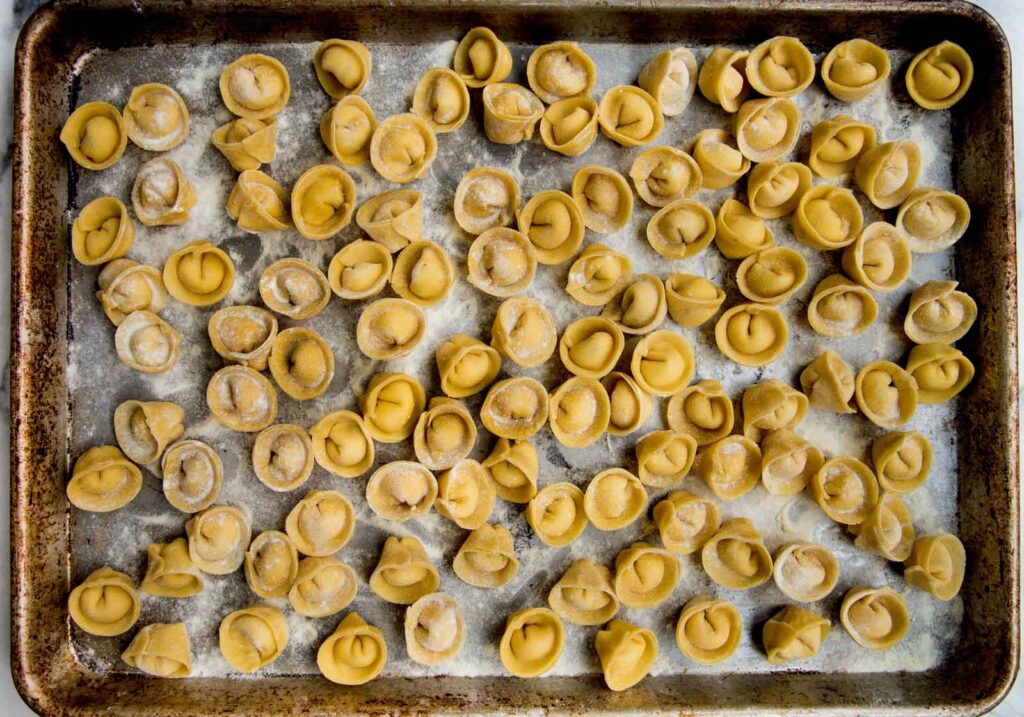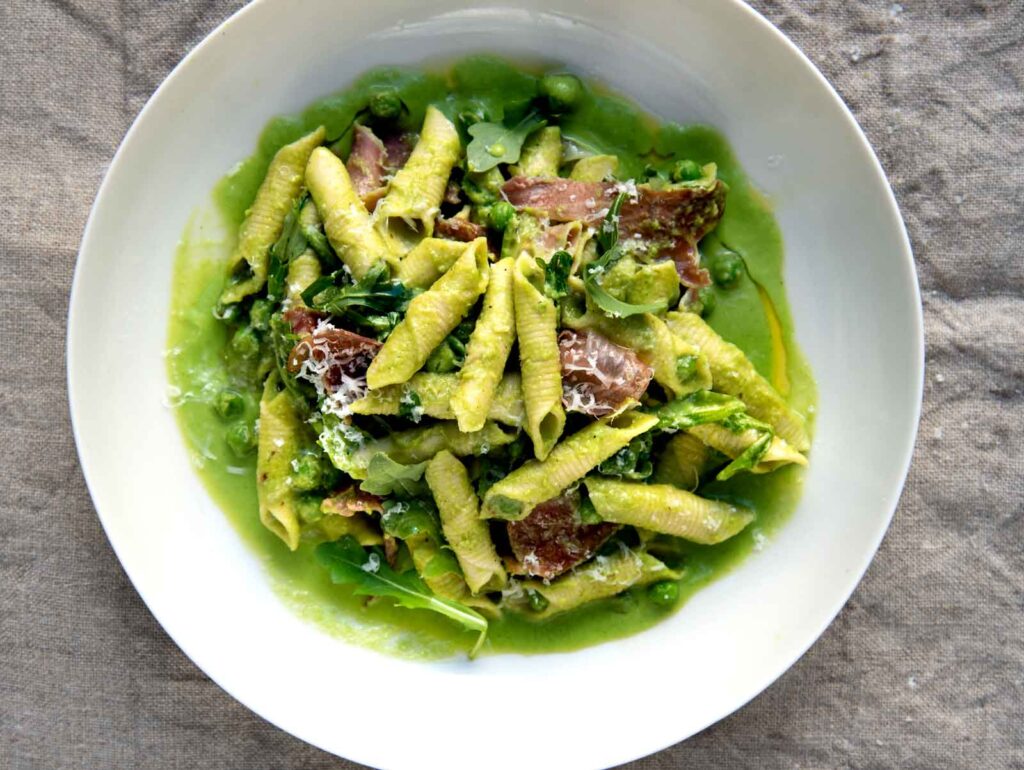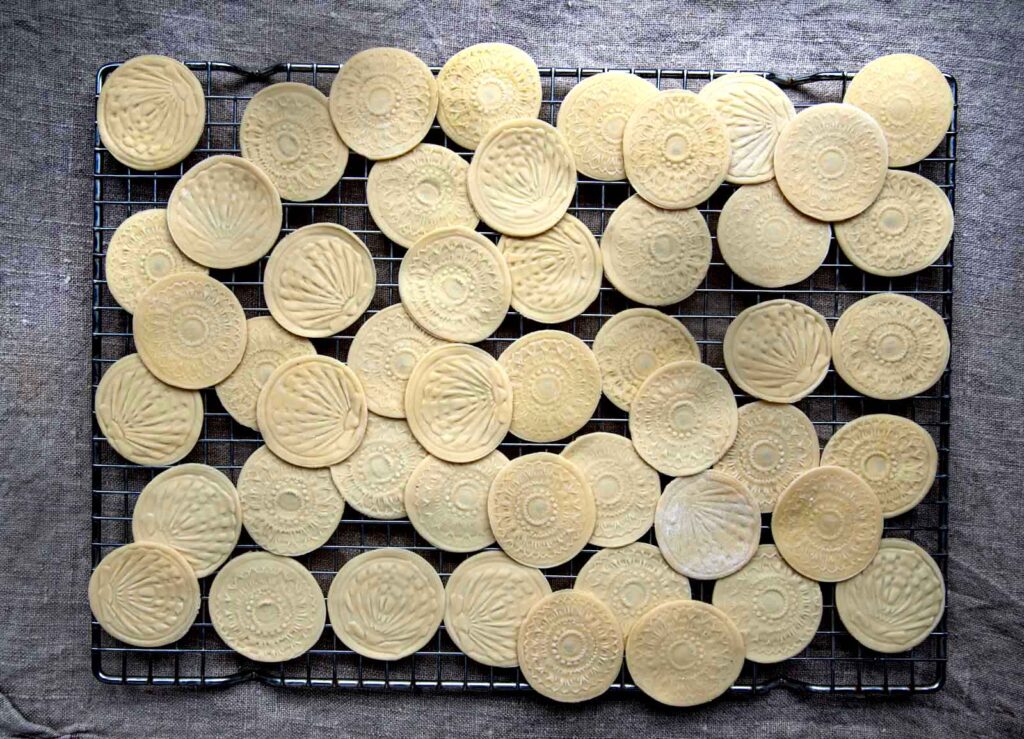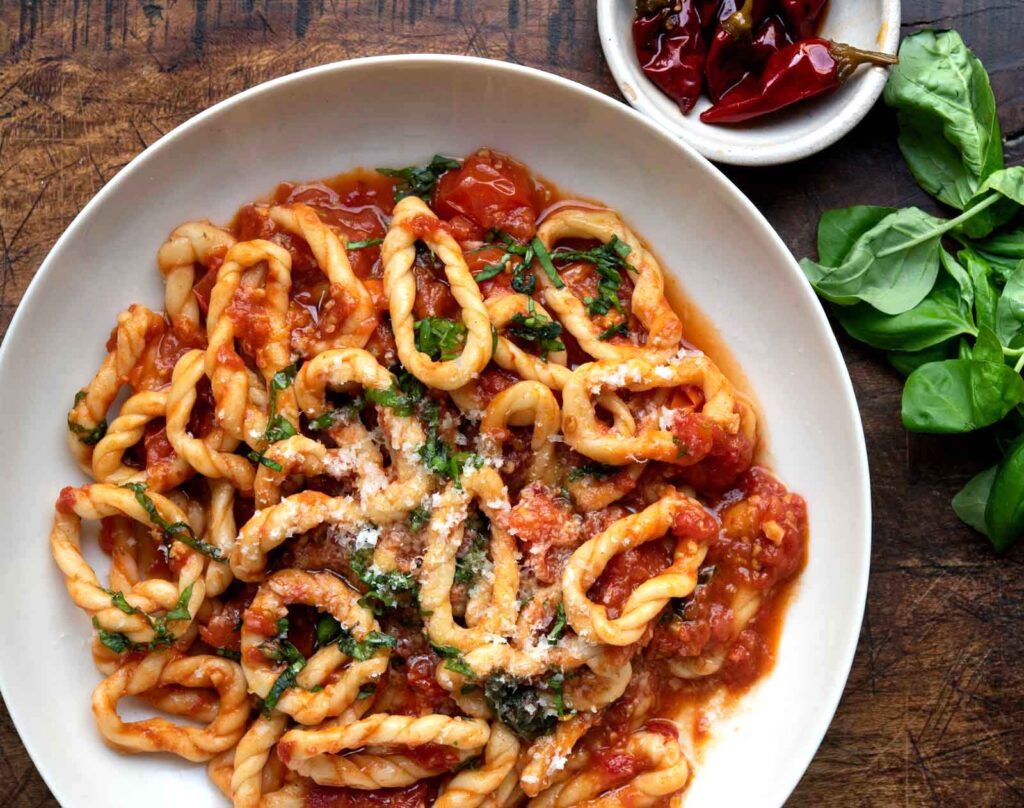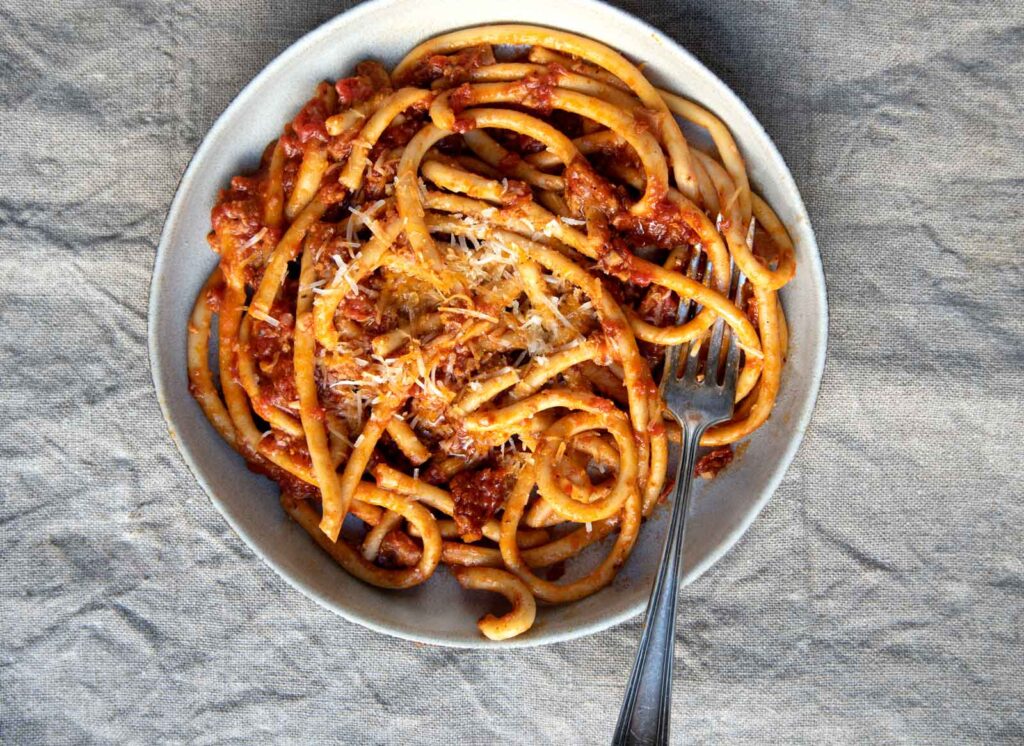Maccheroni Al Ferretto
Ahh, spring — a celebration of all things green — fresh fava beans, asparagus, snow peas, green garlic, chives…the most glorious time of year. The season of (much needed) new beginnings. While locally grown fava beans won’t make an appearance in my neck of the woods for a couple more months, I jumped the gun […]
Maccheroni Al Ferretto Read More »

